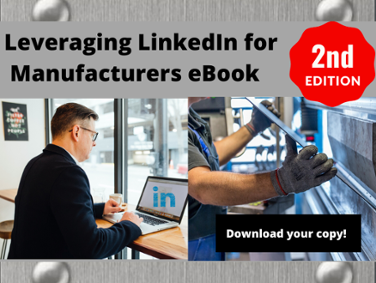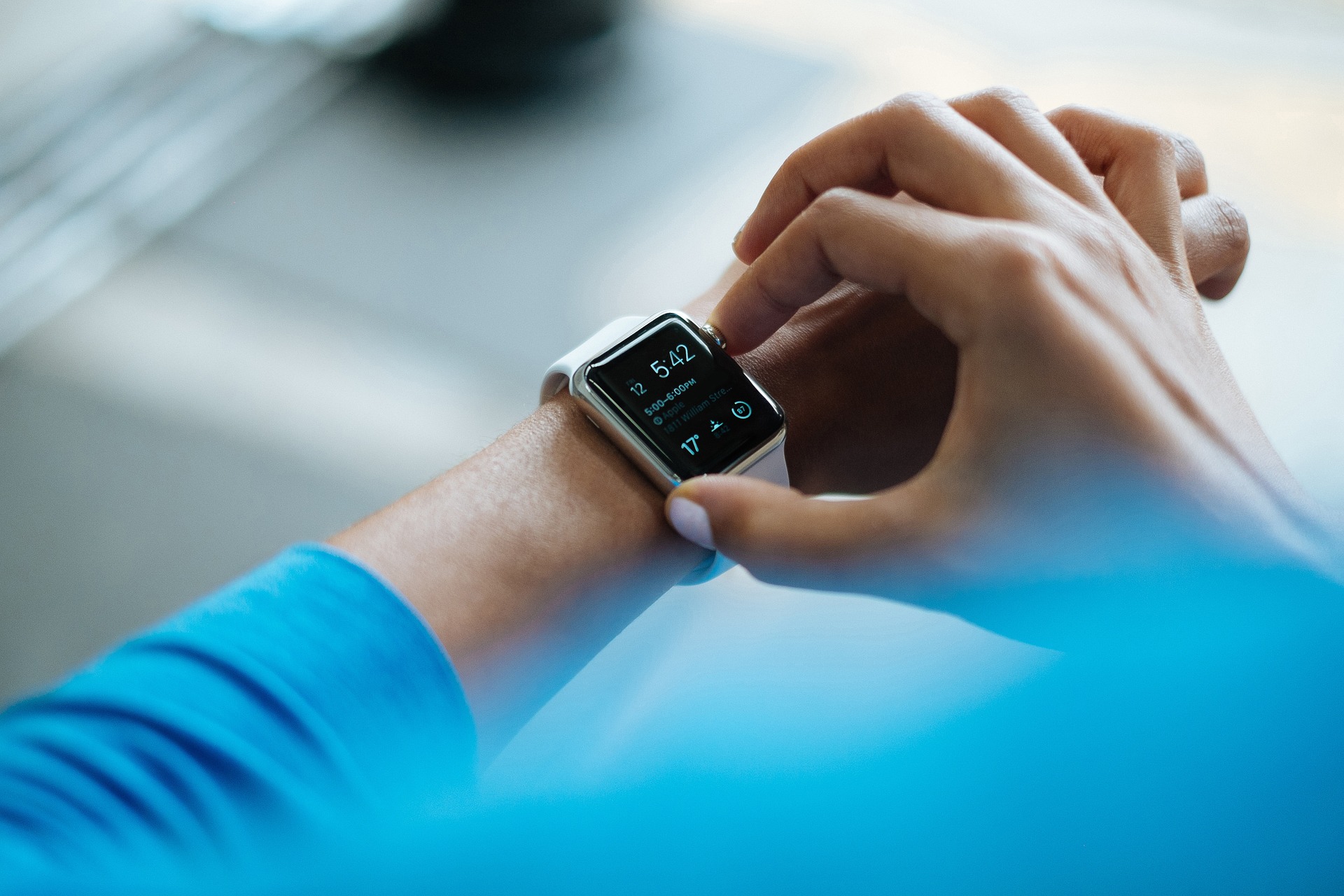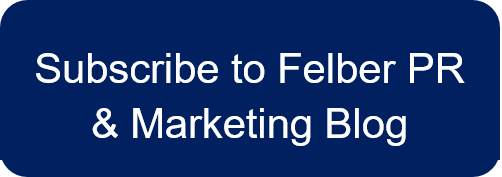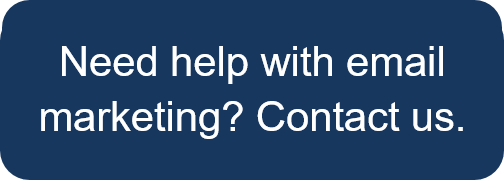
A retrospective on the past 10 years.
I recently hit a LinkedIn milestone: my 4,000th connection! I am thinking a lot about the tool, what’s changed and how my connections have influenced my business. I joined the platform in 2008. Remember those days? We went to LinkedIn-theme networking events, usually sponsored by a self-proclaimed guru, and happily agreed to connect with just about everyone with a pulse (and a few flatliners probably as well). In those days your status was updated about every three months, no one was messaging via the platform and your PalmTreo stylus could not click on the LInkedIn app (apps did not exist). You simply were flattered if someone connected to you.
My mea culpa – I went overboard in 2009 and thought everyone wanted to be connected, whether I knew them or not. LinkedIn quickly and politely redirected my behavior. Read Denied, by LinkedIn. Boy were they right.
Content and blogging were coming of age as well.In 2009, people were posting content for the sake of content. While people were posting regular content, they had no real regard for the audience or more importantly, the audience’s experience. Blog, blog, blog soon became yada, yada, yada. With no real data beyond the occasional ‘like’, we could only go by gut reaction to tell what was working. We did not have today’s data and algorithms to even tell if we were gaining valuable connections. So we just kept posting and connecting.
The first glimpse of success – I remember reaching out to a contact to say hello, via LInkedIn. The unexpected response? “I’m great and I need your help, I am launching a new business.” What? I have finally attributed my social platform activity to real business growth. Yes, we’re still doing business today. And, the list of business clients, real paying customers from LInkedIn, has grown. See the links at the end of this article for our How-To’s of LinkedIn.
The convergence of platforms – and my friends’ social intervention. We started tweeting with Twitter and asking for friends on Facebook (this was the predecessor to today’s less committed, ‘like’). We were spending tons of time, bopping between all the platforms, not knowing which would be the winner (remember four-square, rize and MySpace?). Then came TweetDeck and the promise to post to all platforms at the same time. SO, we did. The same message, over and over again. As a small business owner, I made no distinction between platforms – until my friends intervened. “Enough with the posts all day long. I had to turn your notifications off!” I had overstepped, again. I think they were saying enough business posts and more dog photos. Ah, the things we learn the hard way.
You’re not worthy – It was probably 2012 or 2013. People began to abuse the platform, having not seen my 2009 article about value in connections and actually knowing the person you are linking. I had a decent amount of connections then, probably north of 1,000. We all started to see what became the explosion of uninvited connection requests. My solution? I chose to start challenging those requests with a simple reply “<First name>, thanks for the invite, please refresh my memory on how we know each other.” I even had a shortcut on my now advanced smartphone (Iphone, so long PalmPilot), to quickly add this pre-written phrase.
Response?
- 8 of 10 went away and never responded. Good, didn’t need their weak connection anyway and they’re probably not a power-use of LinkedIn.
- 1 of 10 might actually respond with a “forgive the blind invite, I heard you speak…or we are connected through so and so” OK, connected!
- Yeah, another 10% got ticked off but who needs those negative folks in my network anyhow!
OK, maybe you’re worthy after all So, off I went, being a bit more particular, for years. That was until I read an article about perhaps you’re being too restrictive on LInkedIn. Ah, how the pendulum had swung back. So, they might not be titled as a\our prime target of (sales manager, president, owner at a manufacturing company), but connections move around and they might have actual connections they can make for me. (see below on how to use LInkedIn to uncover prospects within your connection’s connections).
How may I help you?
So, here I am approaching (or perhaps surpassing by now, my 4,000. If we’re LinkedIn, thank you. As always, whether you’re looking for a particular service, need more professional contacts or perhaps your next career, I’m here to help – to share – to connect. Ask anyone that I accepted a connection request. I always close with “How may I help you.”







